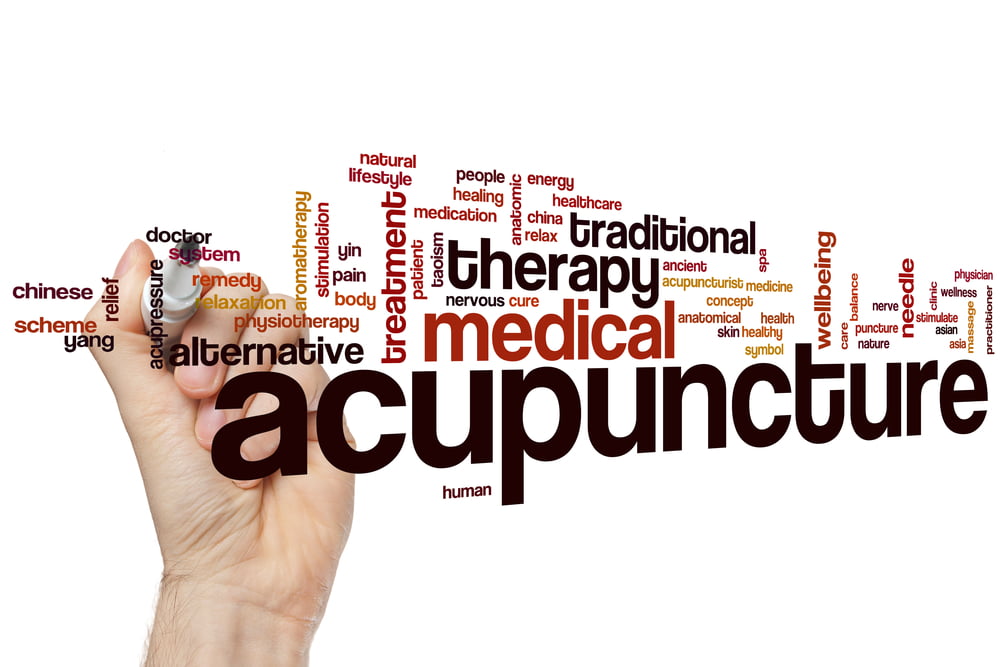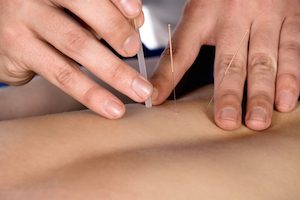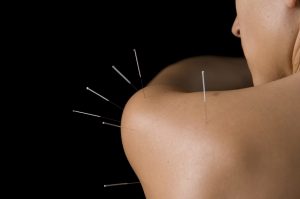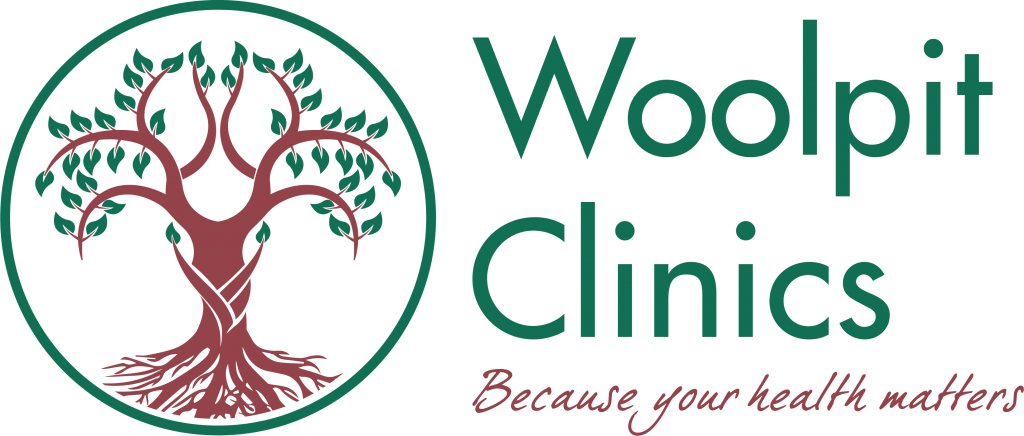
Medical / Western Acupuncture vs. Traditional Acupuncture
Medical / Western Acupuncture vs. Traditional Acupuncture
by Emma Harvey Lawrence
Have you come across the terms ‘Medical’ or ‘Western’ Acupuncture and wondered if they differ from Acupuncture in any way?
If so, the answer is yes, they are definitely different.
There is a big shift in focus between Medical / Western Acupuncture and the Eastern principles of Acupuncture. From the origin of teaching – the perspective of human health and the interpretation of symptoms – right through to the application of treatment.
Medical / Western Acupuncture are treatments that would be more commonly associated with Dry Needling or in some cases basic acupuncture techniques which provide a helpful resource for physical therapists and general practitioners.
Acupuncture or Traditional Acupuncture is a system of Eastern medicine. Typically, Traditional Chinese Medicine (TCM) and/or 5 Elements Chinese Medicine are the types of acupuncture studied and they are ancient theories which have been adapted over time, to treat the person as a whole, rather than individual symptoms.
Medical / Western Acupuncture
 It was a man by the name of Karl Lewitt MD in 1979 that started looking into the benefits of needling, for the treatment of orthopedic dysfunction. This coincided with the work of physicians Travell and Simons that published data on common referred pain patterns, from areas in muscle known as ‘trigger points’.
It was a man by the name of Karl Lewitt MD in 1979 that started looking into the benefits of needling, for the treatment of orthopedic dysfunction. This coincided with the work of physicians Travell and Simons that published data on common referred pain patterns, from areas in muscle known as ‘trigger points’.
In the beginning of dry needling, a hypodermic needle was used but then was quickly replaced with a solid, monofilament needle to treat the tissues without injections.
Often physical therapists including Osteopaths, Sports Therapists and Physiotherapists and certain practitioners within the NHS, will have trained in basic needling techniques derived from either the above or Traditional Acupuncture and refer to it as acupuncture techniques and offer treatment as a part of their services.
There are points within the body that lend themselves to pain and tension relief. These are taught to practitioners like physical therapists in order to optimise their results with patients. It can be hugely beneficial in the short and long term for patients and should be encouraged.
It is mostly associated with soft tissue repair and pain management.
However, it is important not to associate acupuncture received in this way, with Tradtional Acupuncture.
Traditional Acupuncture
 Traditional Acupuncture is a complete healthcare system based on ancient principles which date back over 2,500 years. Possibly recorded first by the Chinese, but was in use long before that by other cultures.
Traditional Acupuncture is a complete healthcare system based on ancient principles which date back over 2,500 years. Possibly recorded first by the Chinese, but was in use long before that by other cultures.
Acupuncturists are trained to look at people as a complex energetic being, a bit like an energetic matrix, where qi (loosely translates to be understood as ‘energy’), blood and vital essence flow through the body and organs maintaining our health and wellbeing.
Their training takes years to learn and they are taught various skills, such as pulse diagnosis, tongue reading and palpation to help make their diagnosis.
Acupuncturists focus less on particular symptoms, and deliberate more on imbalances and patterns of disharmony within the individual as a whole.
Traditional Acupuncture is a holistic approach to health that also acknowledges our surroundings, such as the seasons of the year, and the importance of living in tune with them to balance our health, both in body and in mind. It is a mindful practise with a variety of benefits for those in need of support.
Common conditions and issues that an Acupuncturist may be able to help you with include:
– Lower Back Pain
– Chronic Tension Type Headaches
– Migraines
– Chronic Pain, such as Neck Pain and general Joint and Muscular Pain
– Postoperative Pain
– Nausea
– Eczema
– Fatigue
– Depression
– Anxiety
– Digestive disorders
– Fertility Problems
– Hormonal imbalances
– Insomnia
– Dry mouth
This is just a short list of problems and conditions that could be treated by an Acupuncturist.
Acupuncturists can use needling, Chinese herbal medicine, moxibustion (burning herbs) and massage techniques like Tui Na and Cupping to restore balance. This approach of making you ‘the best you can be’, initiates the body’s own healing responses with the aim to facilitate health on all levels.
So in essence, hopefully if you have read this article, you can start to appreciate the differences in approach between those who use dry needling / basic acupuncture techniques, and those who provide Traditional Acupuncture.
In our view, there is a place for both in healthcare but it’s important to clearly define the intentions of both styles of treatment, in order to provide the correct information for any person who may wish to seek Acupuncture for their health and wellbeing.
If you would like to know more about Traditional Acupuncture or Dry Needling, please feel free to comment or call us 01359 408 011.
Our Sports Massage and Remedial Massage Therapist Daniel Marshall offers Soft Tissue Injury Rehabilitation acupuncture techniques as part of his treatment when required and we have two Traditional Acupuncturists, Michaela and Mark – both practising Traditional Acupuncture with cupping, tui na massage and moxibustion – helping patients with a wide variety of conditions.



